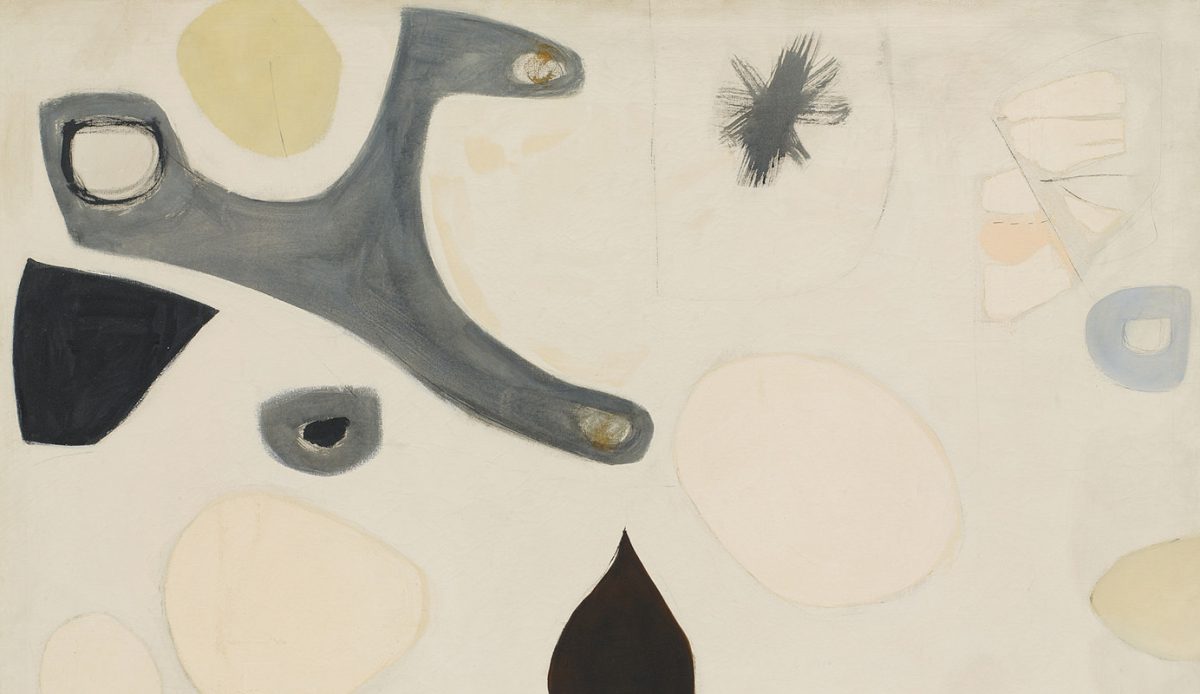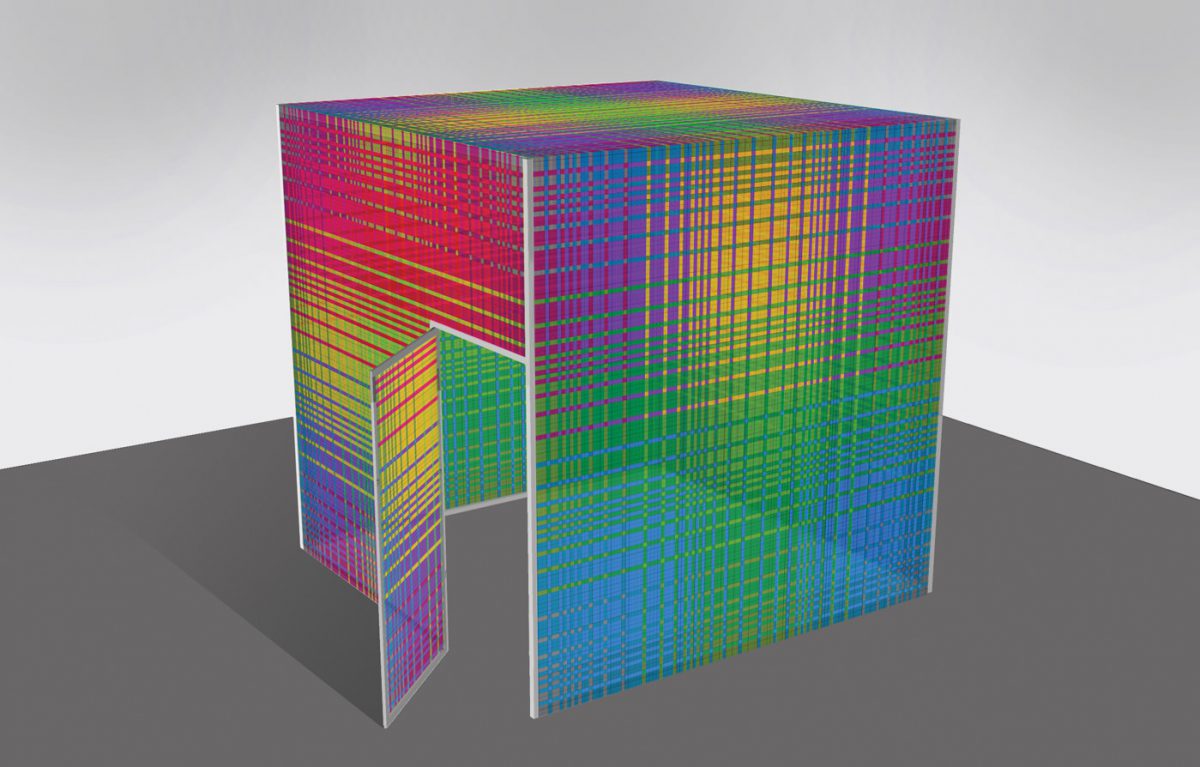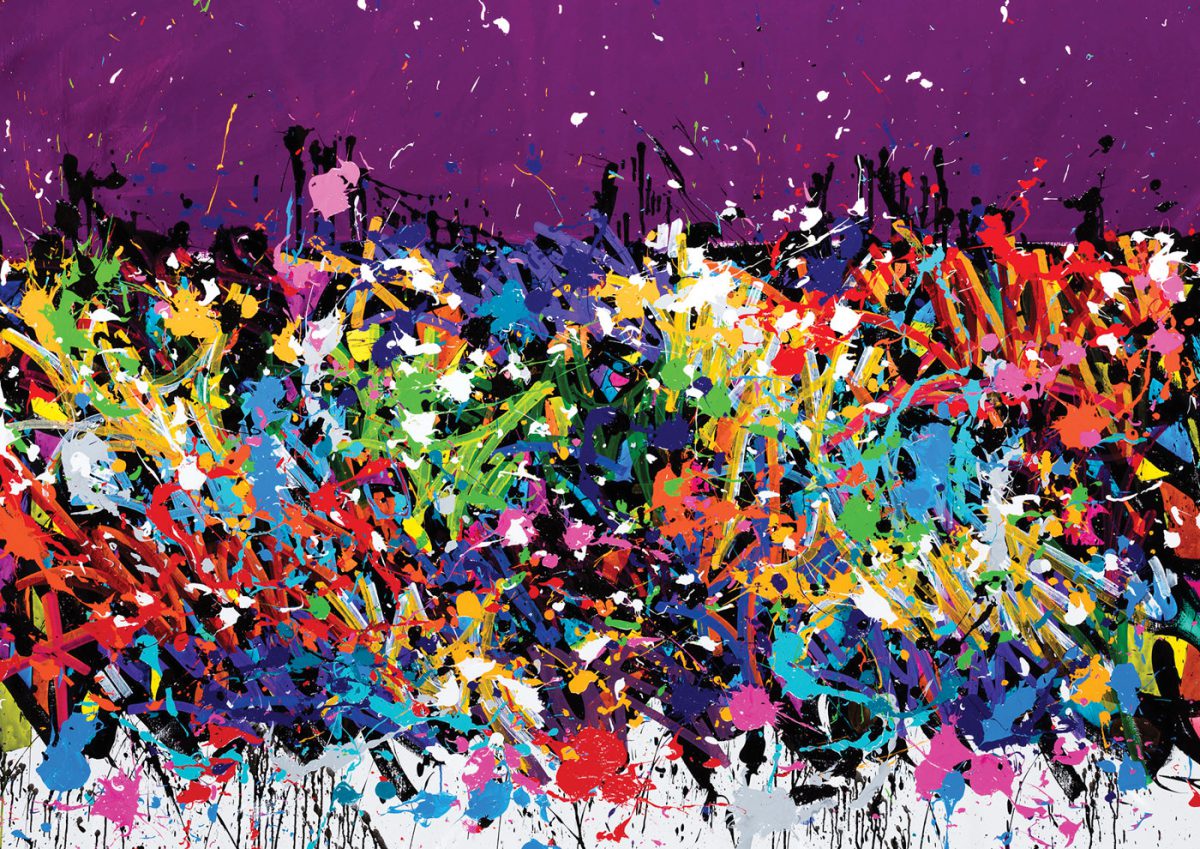MELIKSETIAN | BRIGGS Gallery, West Hollywood
(OCTOBER 31, 2015—JANUARY 9, 2016)
Like many conceptual artists, Aura Rosenberg produces individuated series, diverse in medium and scope, with and without collaborators, in short-term and ongoing motivic structures. Who Am I? What Am I? Where Am I? is a long-term photography project to which some 80 artists—including John Baldessari, Mike Kelley, Laurie Simmons, Dan Graham, Lawrence Weiner, Lyle Ashton Harris, Jim Shaw, and Marilyn Minter—have already contributed portraits…of their own and other people’s children. Though constituting a stylistic island in Rosenberg’s practice, the series fits into her oeuvre with its engrossing perspective on the methodology of constructing social personae.
Laurie Simmons/Lena (all works 1996-98/2015, archival pigment print, 76 x 60 inches) depicts a young Lena Dunham photographed by her artist mother, made up in the haunting, charming garb of a ventriloquist’s dummy. This image radiates the awkward self-possession of a precociously creative soul; with its frank stare and challenging eye contact, it powerfully inhabits the large scale in which all the photos are printed. It is also an effective reminder how susceptible children are to the theatrical bug, as apparently the motif was Lena’s idea.
Less involved in the stagecraft has been Carmen, Rosenberg’s own daughter, the original and frequent muse for the project, seen in three of the five works at the gallery. As one might imagine, Carmen harbors mixed feelings about her participation. John Baldessari/Carmen is one of the clearest examples of the guest artists’ own visions, not Rosenberg’s, providing the dominant aesthetic. She has set the terms, boundaries, and permissions with which the others operate, providing the endless variation the series displays and creating a context for casting children in difficult works of art. As an example, the decomposed posture of Mike Kelley/Carmen, one of the earliest collaborations in the series, has a certain operatic trauma entirely germane to Kelley’s perennial motif of disrupted innocence.









